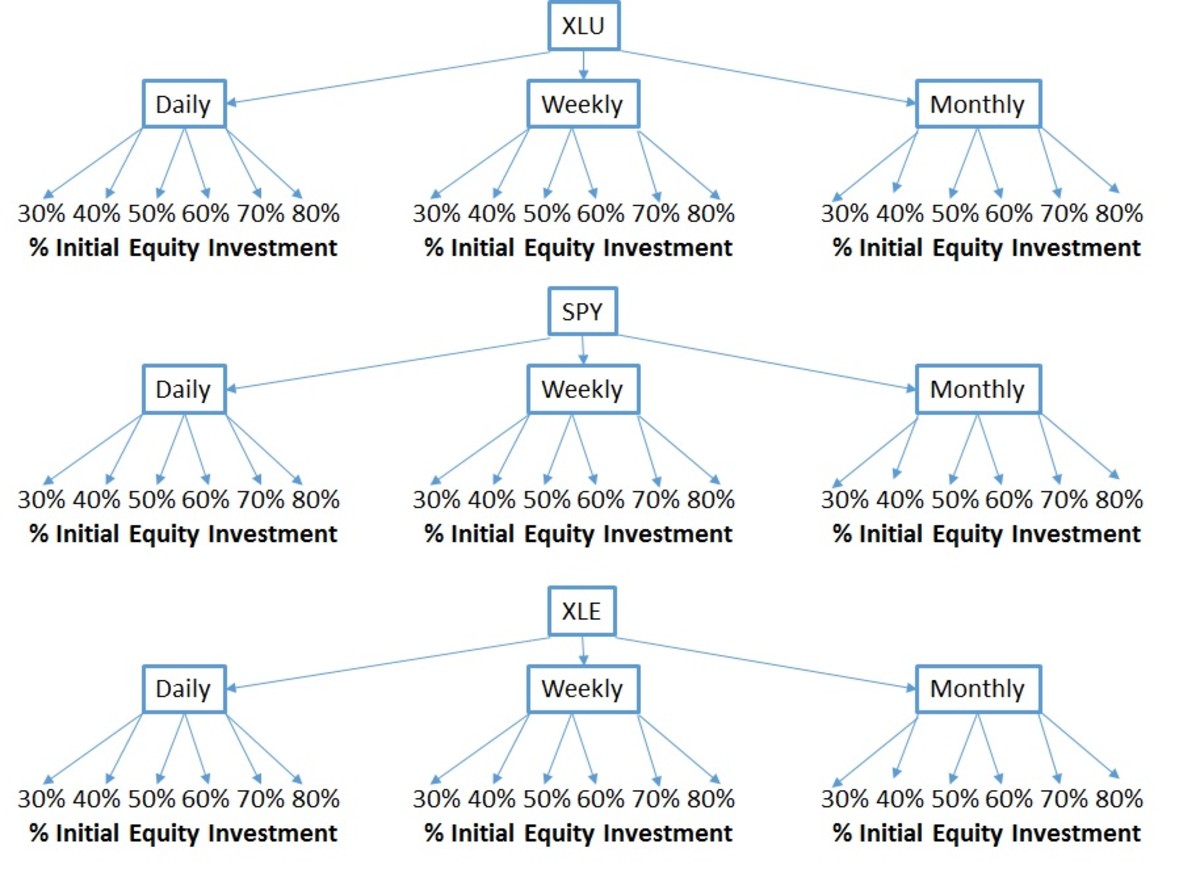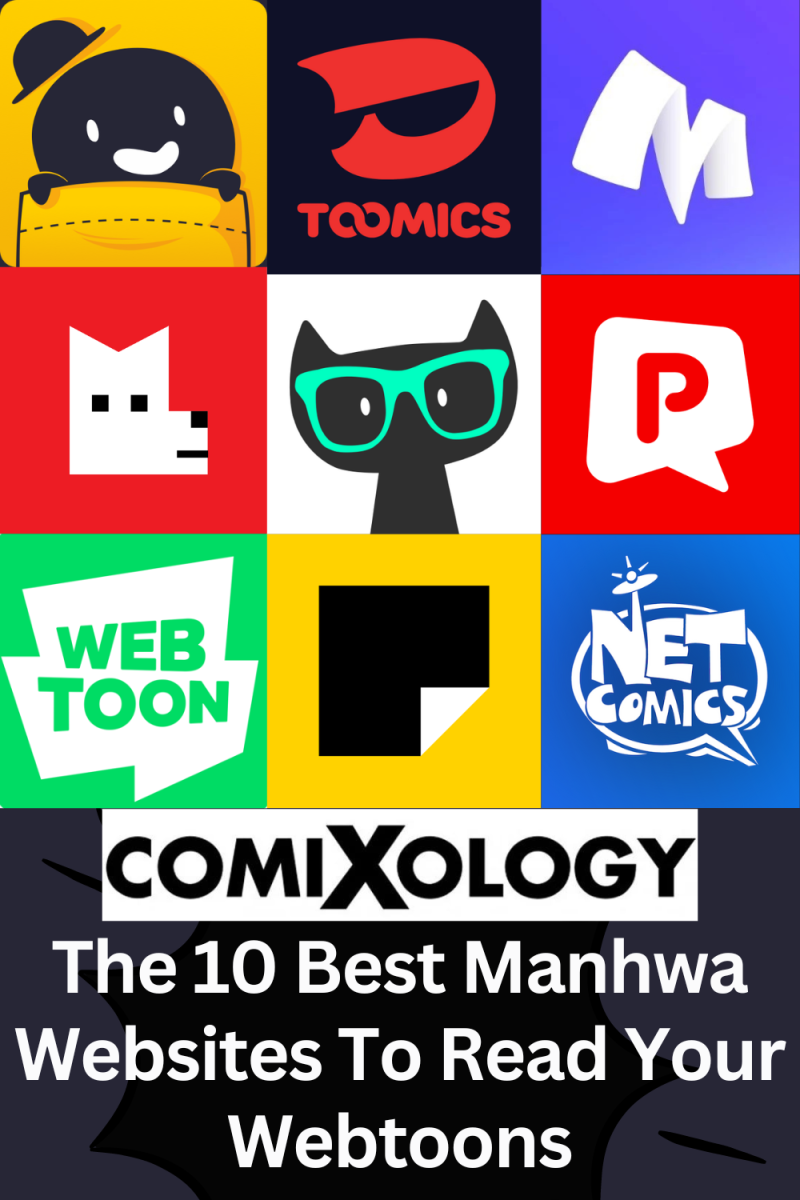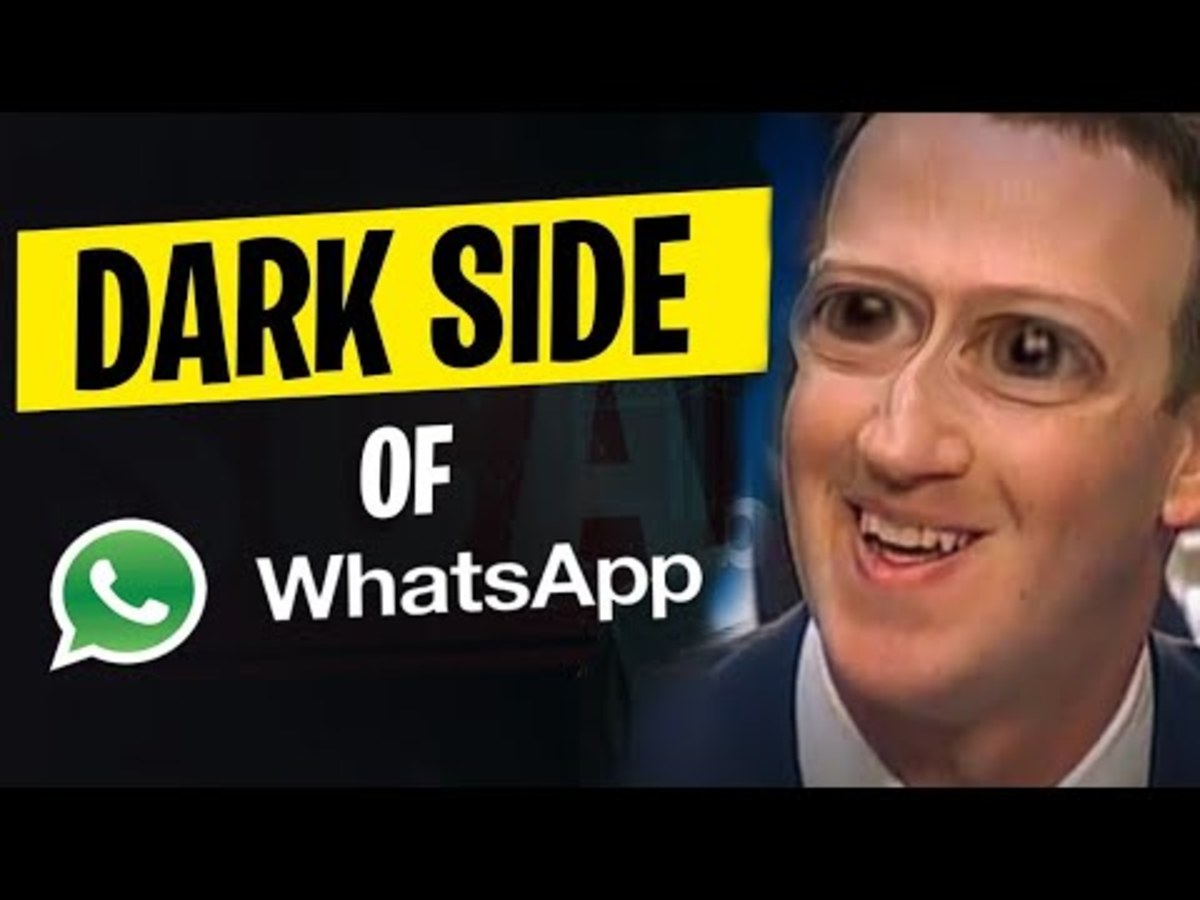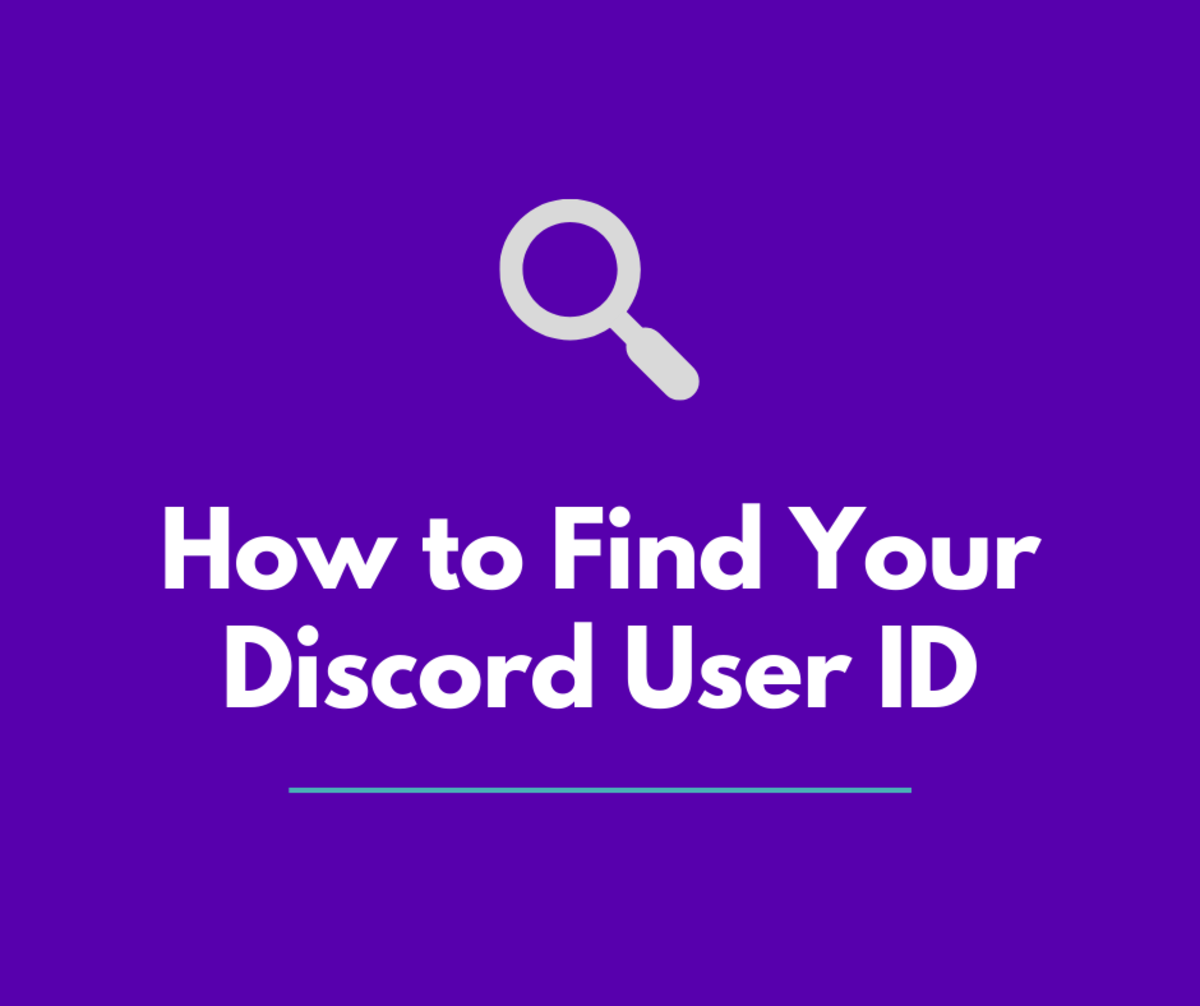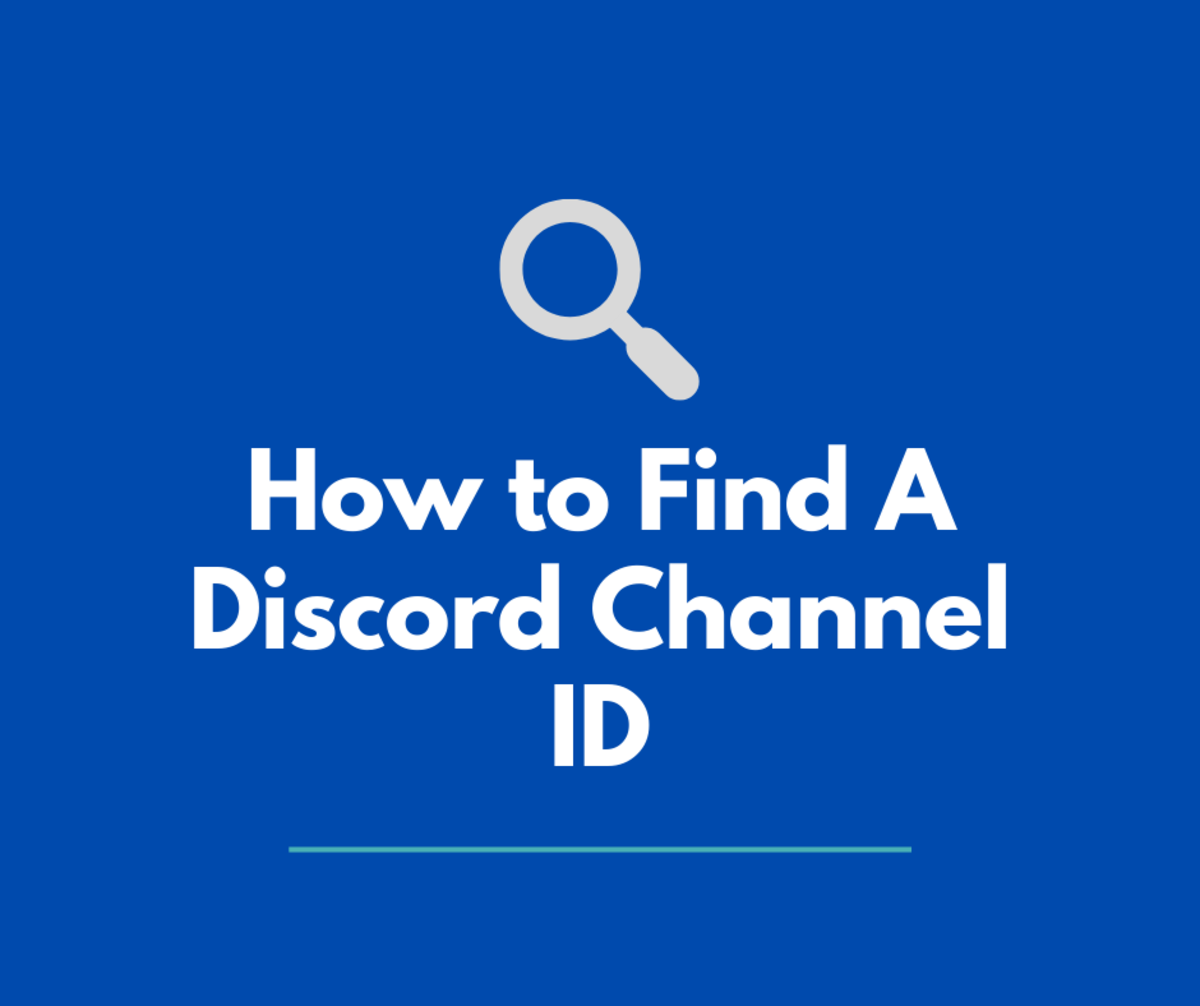The Demise of AOL Messenger
Take a good look at any smart phone that you or your friends and family own and chances are you will find at least two messenger apps. Some people even take it to the extreme and have 3 or 4 messenger apps on their phones—one for each of group they work or hang out with. And that's not it, open any laptop and you might find even more messenger apps and software that help them to stay in touch. Having messenger apps on phones and computers is just the tip of the iceberg because when you open app stores for both iOS and Android, you will see that there are actually more messenger apps for you to choose from. Indeed, these apps have made it extremely easy to communicate with people but would you believe there was a time when there were just a couple of messenger software available?
The AIM or AOL Instant Messenger
The AOL instant messenger was the king of all messengers back in the 90s and it has to be said that the 90s truly belonged to the American Online which was the same company that came out with the AOL messenger. It was so dominant that it easily rose above other competitors that included Prodigy and Compuserve. It became the most used Internet service provider in all of the US and was used by nearly all American households. Back then, subscribers would pay AOL a monthly fee just so they could stay online and make use of the services it had to offer. The subscribers back in the 90s numbered in the millions and the disks were found just about everywhere. In fact, AOL messenger was so huge that it even starred in a movie along with Tom Hanks and Meg Ryan. The very title of the movie indicated that it has a starring role and the “You’ve got mail” notification sound was the sound Americans came to associate with the first email accounts they owned.
Those were good times for AOL and the AOL Messenger but as the years went by, it became apparent that the good times wouldn’t last.
The Beginning of the End
Eric Bosco, Jerry Harris, and Barry Appleman worked together at AOL back in the 90s and up until the early 2000s. They were engineers and they worked on the AOL instant messenger more popularly known as AIM. They were specifically hired to come up with a messenger; Bosco and Appleman were hired to work on programs using the Unix OS and Harris had a job as a programmer in a small company that was bought out by AOL. These three worked with other engineers and together they managed to take AIM from a mere idea to a reality that dominated the internet. The sad part is that these men also had to watch their creation fall into dormancy as they were unable to convince the company to let go of the paid feature of AOL an allow people to use it for free. You can see why the company was unwilling to go free for AOL; they were on top of the world and were raking in millions in monthly fees.
This is perhaps the biggest mistake committed by AOL because it was one of the biggest reasons they failed to take the messenger to the future. According to Clayton Christensen, a Harvard Business School Professor, the company was too concerned with their profits, products, and customers at what was then their present so they failed to adapt and change from within their company.
To the developers of AIM, Whatsapp is often in their minds because the wildly popular messaging, which social media giant Facebook purchased for a massive $19 billion, was essentially something that had worked in back during the Heydays of AOL and AIM.
AOL is still working its way from being an ISP and it now focuses more on its ad network and videos with Tim Armstrong as its leader. In retrospect, before it was bought by Time Warner, AOL helped bring the internet into the mainstream and had an iron grip on the very program that made online messaging popular though that wasn’t really their goal.
Obsolete Business Model
To be clear, there wasn’t anything wrong with AIM and it would be very easy to declare that AIM was light years ahead of its time if it hadn’t become so massively popular right after it was launched. In a lot of ways, the messenger was just right there with the times but what really brought it down was that it belonged to a company that was hanging on too stubbornly to a business model that was very quickly becoming obsolete.
The company just didn’t see how they could suddenly offer their AIM for free when they were making a killing in fees. Sure, they went from charging people an hourly rate for use of their messenger to charging a flat fee for unlimited hours but that just wasn’t enough. The suggestion from developers that making it free went against the very core of their subscription-based business model and this failure to change was what essentially killed AOL messenger.
AIM Killers of the Future
AOL did not want to stray from their subscription-based model and everyone wanted a piece of AOL. However, the company lacked foresight so when newer and free messaging programs started popping up, that signaled the doom of AIM. Pretty soon, people were making use of other messaging apps such as Yahoo Messenger and MSN Messenger which they could use for as long as they wanted and they were free. These messengers were not just popular in the US but all over the world where all that people needed to do was to come up with an email address, download the messenger program and they could chat away for as long as they wanted without having to worry about payments. In a world where messenger programs and apps were a dime a dozen, charging people for what they could get for free from others just didn’t make sense but AOL didn’t see it that way.
Messenger Programs and Apps of Today
Seeing as AOL Instant Messenger has essentially kicked the bucket, below are some apps and programs that people are now turning to for communication purposes. The list has been pared down as there are just simply too many apps and programs to list.
- Skype – This is a free communication service where people can chat or talk via the internet for free as long as it is Skype to Skype. Those who want to call mobile numbers and trunk lines will have to pay a fee. It is available for computers and phones.
- Viber – This is another app/program that people can use to send messages or talk over the internet. Viber is extremely convenient and it is free for use on both mobile and computers.
- Whatsapp – This app was mentioned before (bought for $19 billion by Facebook) but it was already widely in use even before it was bought.
- Facebook Messenger – When people spend 2-5 hours in Facebook, that means they can chat and leave messages to their friends who are both online and offline. This messenger used to be solely for chatting but Facebook got with the times and allowed calls and video calls as well. This feature is not just available on desktops and laptops but also on phones that run either iOS or Android and is one messenger service that is constantly evolving and changing.


